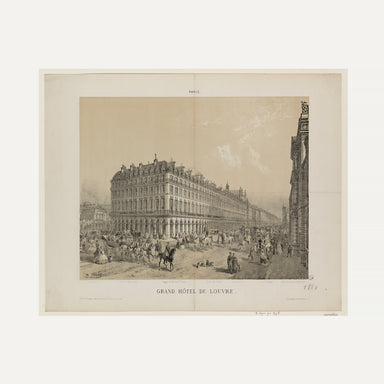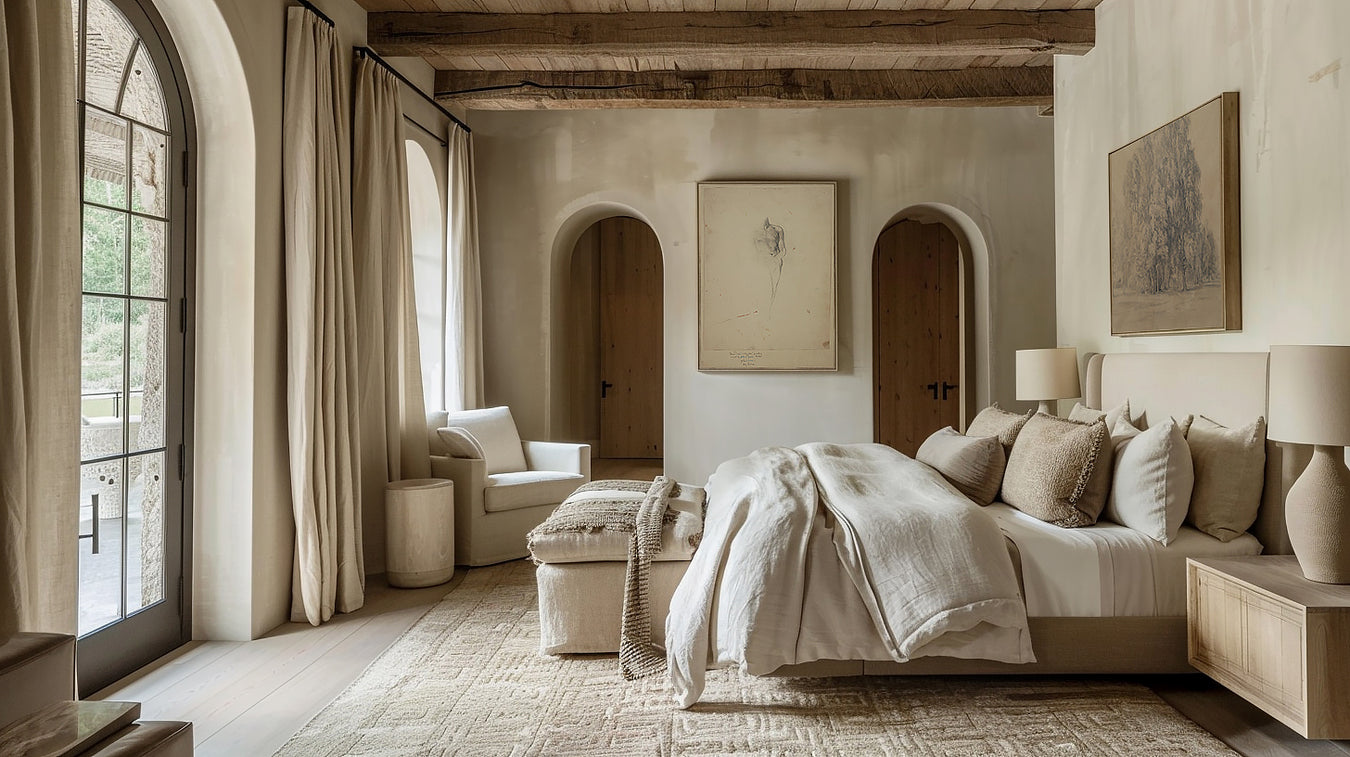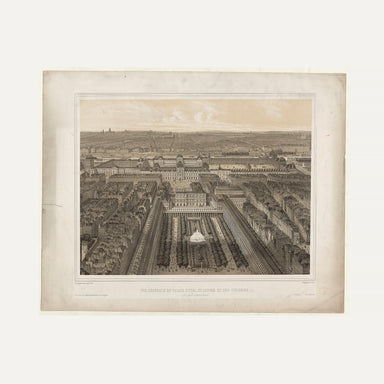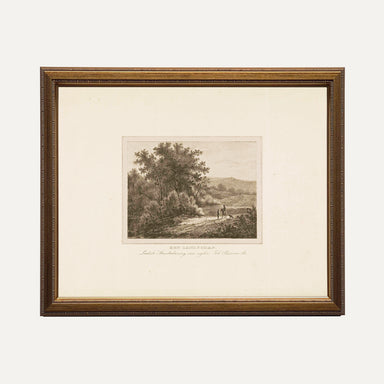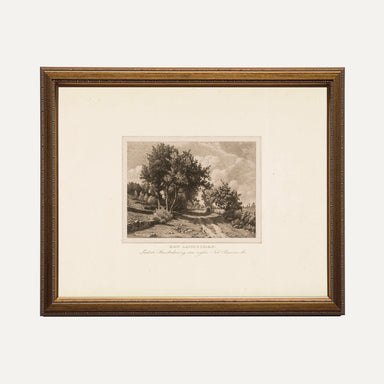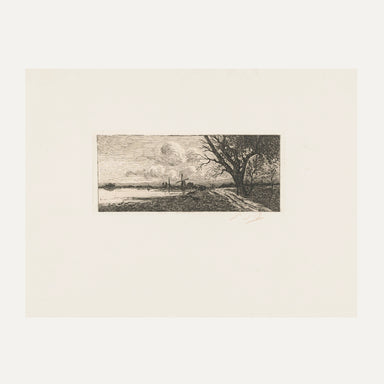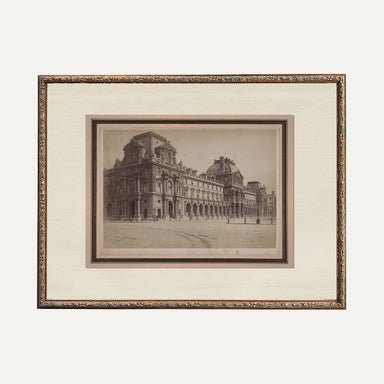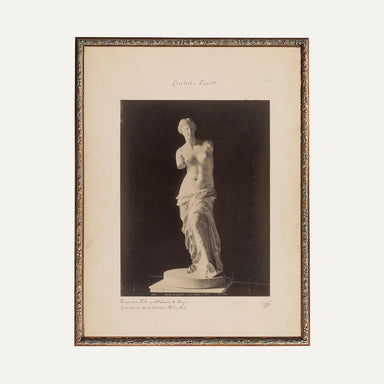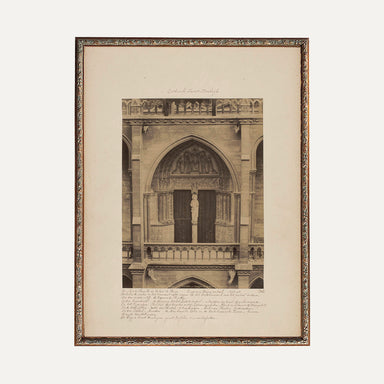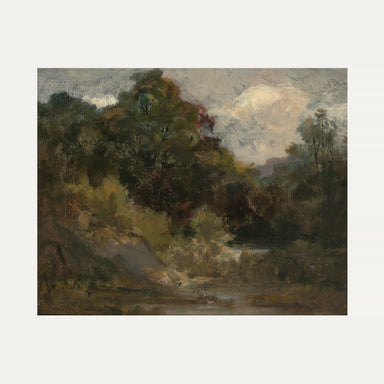Since the start of the year, we have heard a lot about a new trend in decoration: personalization. And this will be, according to many experts, a major trend in the coming years.
So, no more white, impersonal and standardized decors. We now want decorations that have a soul. Decors that tell a story.
And I admit that I have always been very fond of this type of interior. In my opinion, this is what makes a decor beautiful. When it has depth. History. And a lot of visual impact.
This is also why I have always loved vintage. It makes it easy to add history to a space and a lot of narrative richness.
And this is also why I particularly love paintings and frames.
There's no better way to easily and inexpensively personalize a space and inject personality.
But as with everything in decoration, there are designer tips to really highlight your artworks and arrange them skillfully on the walls.
And what seperates a designer decor from an ordinary decor is avoiding at all costs the overly "matchy, matchy" style.
Fortunately, I am here to reveal to you some of the best designer secrets so that you succeed in your project every time.
